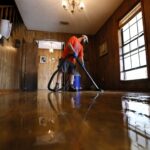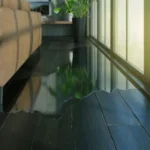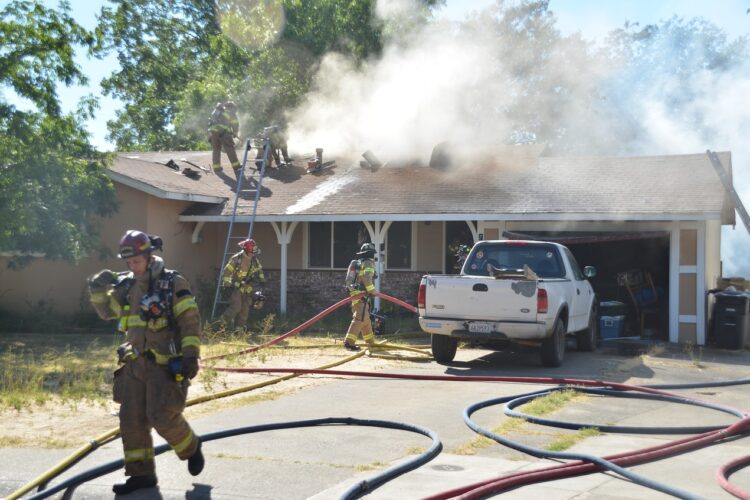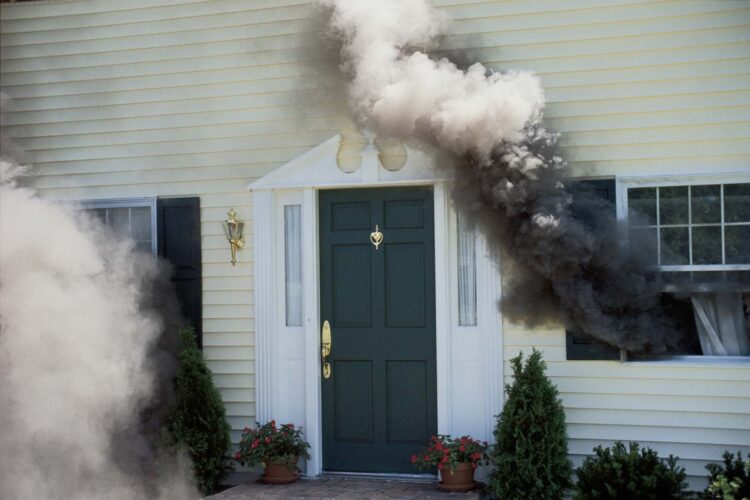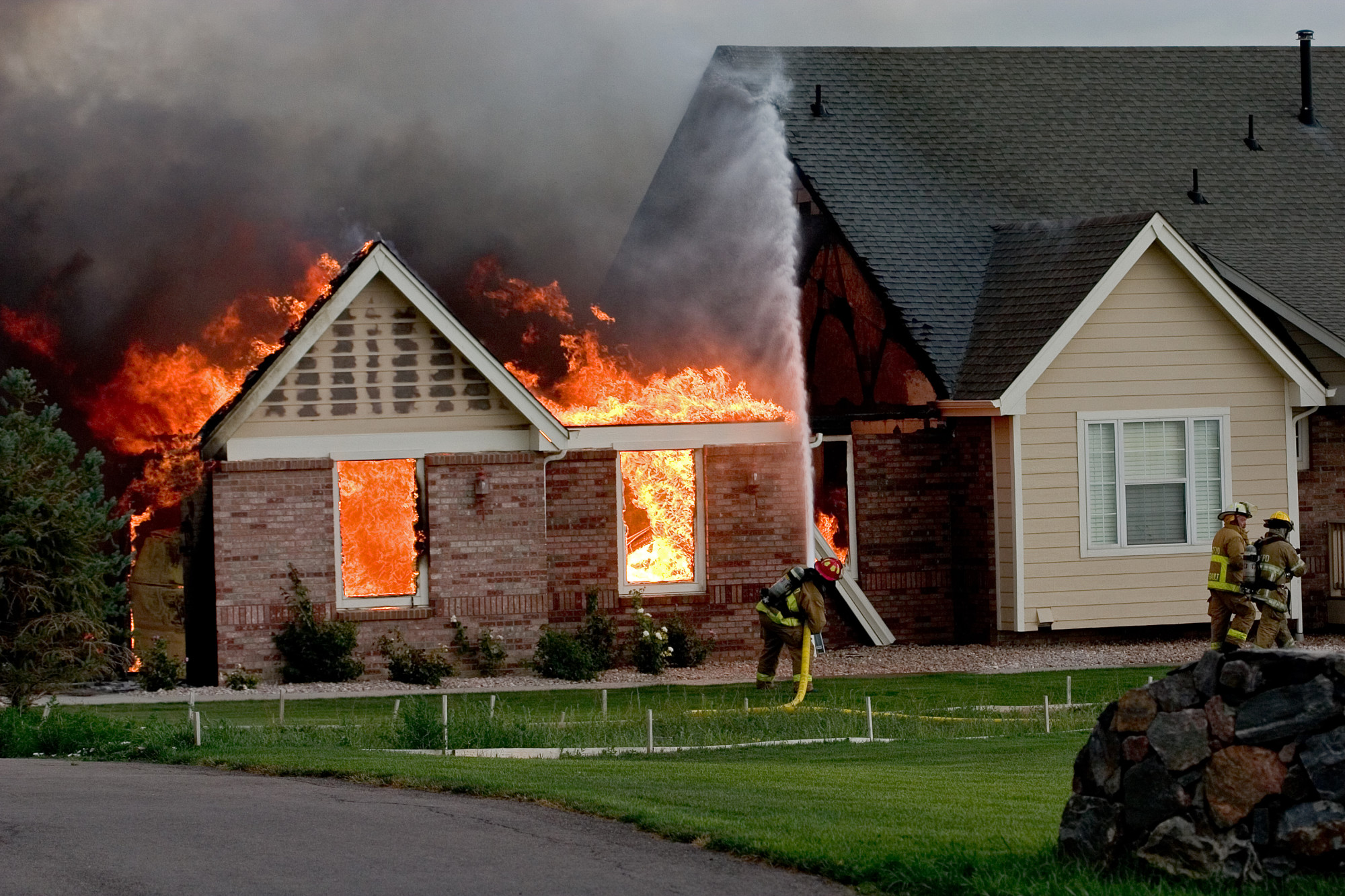
Experiencing a house fire is an utter nightmare. Without a doubt, the fire patrol team will face numerous hindrances and challenges besides water and smoke damage. This isn’t where the problems finish either. Excessive fire damage might necessitate undergoing a prolonged and expensive restoration procedure. Extreme restoration efforts, such as demolishing structures that were torched, can become covert danger disguised as a solution.
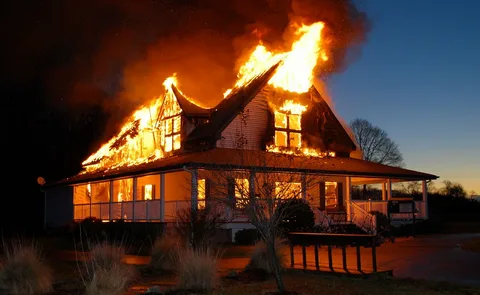
You’re Likely to Have Both Smoke and Water Damage After a House Fire
Once the fire department arrives, their main goal is to save your home and anyone inside it. In addition to the damage from flames, most homes suffer from two major problems after a fire: smoke and Water Damage Restoration Miami, FL.
Smoke Damage: The Invisible Threat
Regardless of whether a fire is restricted to a single compartment of a house, smoke can scatter everywhere. Smoke can be found in the HVAC system, walls, and even furniture, where it carries hazardous particles. The scent of smoke does not only seek to discomfort someone, it indicates the existence of damage. Improper smoke cleaning can cause long-term consequences such as respiratory troubles, skin rashes, and permanent marks on material surfaces.
- Soot and Smoke Odor Removal Requirement for Your Walls and Ceilings: Since smoke is lighter than air, the upper area of walls and the ceiling suffer the most. Smoke residue might make your wall’s paint turn yellow or cause damage to the wallpaper.
- Sofas, carpets, curtains, and even clothes: Fabrics and Furniture that could be rendered bone-dry clean from all grime, soot, stains and smells without hiring a professional cleaner are rare. It also includes Stinking curtains, carpeting, and sofas, as well as attire that has mixed scents without being washed.
- Vented Duct and Rest of the Ventilating Apparatus: Appliances used for cooling air have the potential to do so, and the ducts can travel smoke through vents. If ducts filled with soot are not cleaned properly, harmful particles will be released every time an AC or heater unit is turned on.
Water Damage: A Silent Destroyer
In this modern age, water remains a secondary concern after a fire with the primary focus on mitigation. However, it poses an equally looming threat as fire does. Firefighters use thousands of gallons of water to extinguish the flames. That water tends to seep into the floor, walls, furniture and even the foundation of the house.
- Mold Damage- Within a day or two, excessive moisture creates the perfect environment for mold spores to attack, eventually risking a person’s allergies and respiratory health.
- Structural Damage: When it rains, it pours for walls, roofs and floors because of the increase in moisture levels. If a home becomes weak and claustrophobic due to water, then the wooden beams and drywall require an extreme makeover.
- Electrical Hazards: Watered wires lead to shorts, blackouts and a riskier version of Russian Roulette. Water takes the cake for having masking and burning capabilities in a home. If you are lucky, it may just leave the home powerless.

The Restoration Process Can Be Complex and Expensive
Dealing with the aftermath of a fire can feel heavy, and restoration only serves as ‘The Cherry on Top.’ Depending on how bad the damage is, restoration can take a mere few weeks to months to finish.
Assessing the Damage
The initial step is to obtain the damage appraisal from a professional. Fire restoration specialists will examine your property for smoke, structural, and water damage. An insurance adjuster also needs to assess the damages to decide on what can be covered.
Securing the Property
If the fire resulted in damage to the windows, doors, or roof, then all those places need to be secured as they are open to require further disrepair due to weather elements, animals, or even intruders. This often means:
- Tarping the roof
- Covering windows and doors with boards
- Propping up damaged structures
Water Removal and Drying
Before any repairs can be made, all the standing water has to be nullified. Pumps and fans are used for water extraction, alongside the drying of the floors, walls, and any other areas that are affected. To stop mold, industrial dehumidifiers are used extensively.
Cleaning Smoke and Soot
Soot is a super fine particle that can easily spread everywhere, so it is really difficult to clean soot without hiring cleaning professionals. Restoration teams clean the walls, furniture, and ceilings with specialized washing solutions, so we should take steps to not ruin all furniture. If the soot is not cleaned properly, it will cause serious stains and a permanent bad odor.
Odor Removal
Once soot is cleaned, the scent of smoke might still linger. To eliminate the smoke odor for good, restoration teams use the following tools:
- Ozone Generators: These machines dismantle smoke molecules in the atmosphere.
- Hydroxyl Generators: These are more safe machines than ozone. They get rid of irritative smells without using any harmful substances.
Repairing and Rebuilding
When the structure has been cleaned, you can now commence the rebuilding process. This could entail:
- Drywall, Floor, Insulation.
- Repainting walls and ceilings
- Restoring broken electrical and plumbing systems
- New carpets and furniture
Preventing Future Fires
Most homeowners who have gone through a fire incident have tried to take measures to avoid a similar situation in the future. Some of these actions could include:
- Placing smoke alarms in strategic areas of the house and conducting regular tests
- Having a fire extinguisher in certain key locations such as the kitchen and garage
- Having a family fire escape plan to ensure everyone knows what to do during a fire
- Do not overpopulate electric outlets in the house
Final Thoughts
House fires are damaging and costly, but the effects do not end there. Even after the flames have gone, smoke, soot, and water cause severe damage, making the recovering process extremely tedious and exorbitant. With good planning and swift action, you can ensure that your home, and more importantly, your peace of mind, can be fully restored, provided that you are willing to face the challenges ahead.

